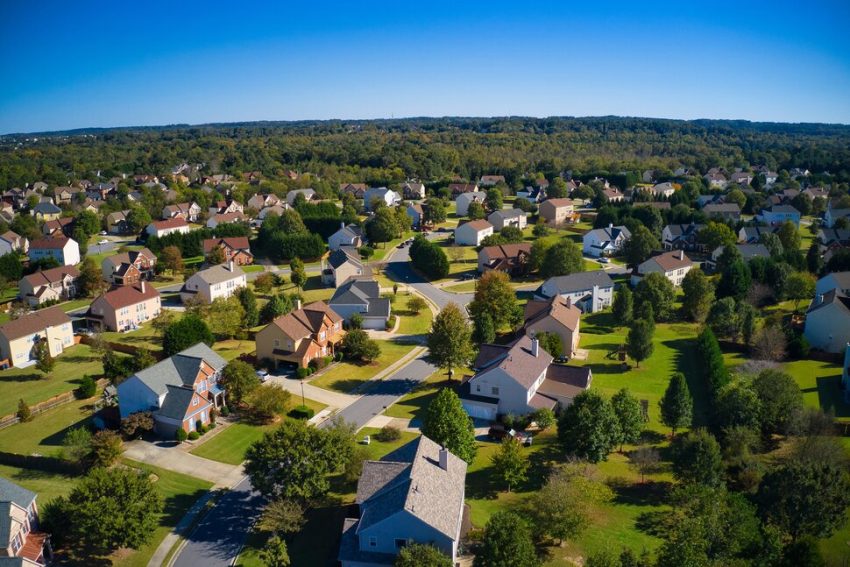Pouring concrete close to a property line can be a tricky process, as it requires careful planning and consideration to ensure that you’re not encroaching on your neighbor’s property or causing any damage. However, it is possible to pour concrete close to your property line if you take the necessary steps to ensure that you’re doing so safely and legally. In this guide, we’ll explore some of the key considerations you’ll need to keep in mind when pouring concrete close to your property line.
Check Your Local Building Codes and Zoning Laws
Before you begin any concrete work near your property line, it’s essential to check your local building codes and zoning laws. Different municipalities have different rules regarding how close you can pour concrete to a property line, so it’s crucial to make sure that you’re complying with these regulations. Some areas may require a minimum setback distance, which is the distance between your concrete and your neighbor’s property line. Other areas may require a permit or inspection before any work can begin.
Get Permission from Your Neighbor
Even if you’re following all the local building codes and zoning laws, it’s still a good idea to get permission from your neighbor before pouring concrete close to your property line. Not only is it a polite gesture, but it can also help to prevent any potential disputes or conflicts down the line. If your neighbor agrees to the project, you may want to consider putting the agreement in writing to avoid any misunderstandings.
Hire a Professional Contractor
When pouring concrete close to a property line, it’s important to hire a professional contractor who has experience working in tight spaces. A professional contractor will be able to plan and execute the project carefully, taking into account any potential risks or challenges. They can also help you to navigate any regulatory requirements and obtain any necessary permits or inspections.
Use the Right Equipment
Using the right equipment is crucial when pouring concrete close to your property line. Smaller equipment, such as mini excavators and skid steers, can help you to maneuver in tight spaces without causing any damage to your property or your neighbor’s property. Concrete pumps can also be used to pump concrete directly into the area, eliminating the need for large trucks and minimizing the impact on the surrounding area.
Take Steps to Prevent Damage
When pouring concrete close to a property line, it’s important to take steps to prevent any damage to your neighbor’s property. One way to do this is to install a concrete form or barrier between your concrete and your neighbor’s property. This will help to contain the concrete and prevent it from spreading onto your neighbor’s property. You may also want to consider using a vibration-reducing mat or foam padding to minimize any potential damage to your neighbor’s property.
Communicate with Your Neighbor
Throughout the process of pouring concrete close to your property line, it’s important to communicate with your neighbor and keep them informed of what’s happening. Letting them know when work will be done, what equipment will be used, and how long the project will take can help to alleviate any concerns they may have. It’s also a good idea to check in with them periodically during the project to ensure that everything is going smoothly.
Clean Up Afterwards
After the concrete has been pour, it’s important to clean up the area thoroughly. This includes removing any excess concrete or debris from the site, as well as cleaning up any equipment or tools that were used. Doing so will help to minimize any impact on your neighbor’s property and ensure that the area looks neat and tidy.
In conclusion, pouring concrete close to a property line is possible if you take the necessary steps to ensure that you’re doing so safely and legally. By checking your local building codes and zoning laws, getting permission from your neighbor, hiring a professional contractor , using the right equipment, taking steps to prevent damage, communicating with your neighbor, and cleaning up afterwards, you can minimize any potential conflicts or issues that may arise. Remember, it’s always better to err on the side of caution and take extra steps to ensure that you’re being a good neighbor. With careful planning and consideration, you can successfully pour concrete close to your property line without any problems.

